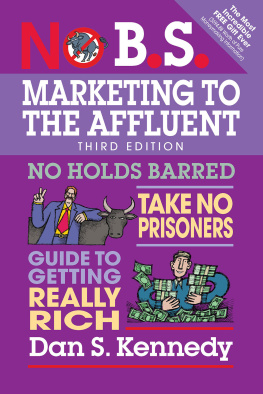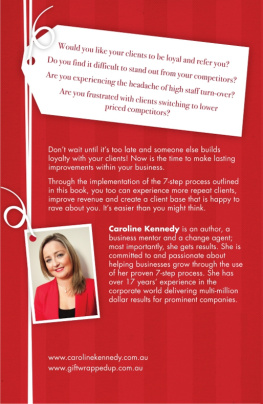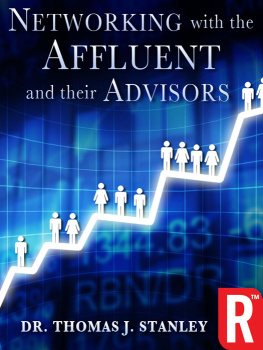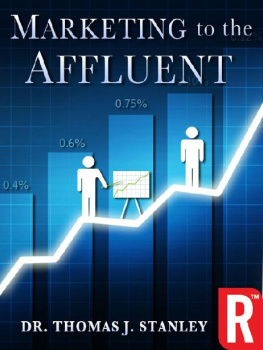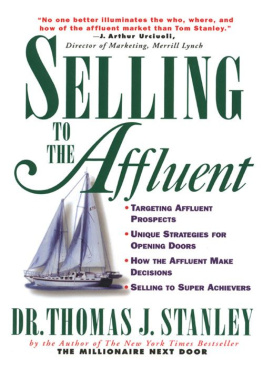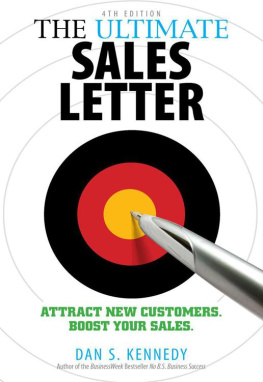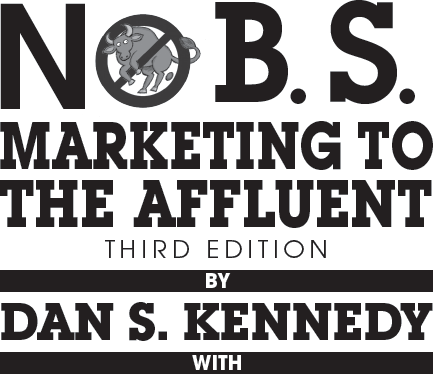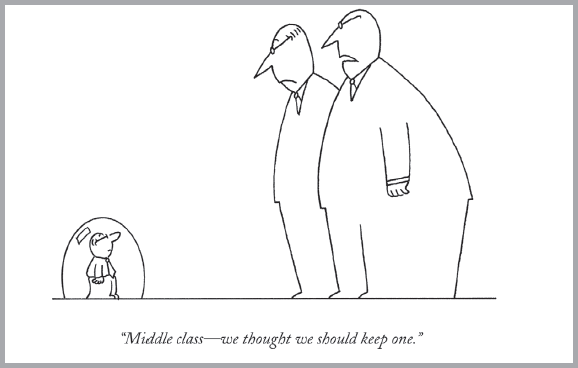
Cindy Cyr
and with Guest Chapters from Craig Simpson, Adam Witty, and Conor Heaney
Entrepreneur Press
Publisher: Entrepreneur Press
Cover Design: Andrew Welyczko
Production and Composition: Eliot House Productions
2019 by Entrepreneur Media, Inc.
All rights reserved.
Reproduction or translation of any part of this work beyond that permitted by Section 107 or 108 of the 1976 United States Copyright Act without permission of the copyright owner is unlawful. Requests for permission or further information should be addressed Entrepreneur Media Inc. Attn: Legal Department, 18061 Fitch, Irvine, CA 92614.
This publication is designed to provide accurate and authoritative information in regard to the subject matter covered. It is sold with the understanding that the publisher is not engaged in rendering legal, accounting, or other professional services. If legal advice or other expert assistance is required, the services of a competent professional person should be sought.
Entrepreneur Press is a registered trademark of Entrepreneur Media, Inc.
ebook ISBN: 978-1-61308-401-4
Contents
by Craig Simpson
by Cindy Cyr
by Adam Witty
by Cindy Cyr
by Conor Heaney
BOOK ONE
Who Are These People
Who Have All the Money?
Understanding Mass-Affluent, Affluent, and Ultra-Affluent Buyers
CHAPTER 1
Why You MUST MoveNow
CHARLES BARSOTTI/THE NEW YORKER COLLECTION/THE CARTOON BANK. ALL RIGHTS RESERVED.
M ost businesses have historically made themselves for middle-income, middle-class consumers. This began post World War II, with the great rise and expansion of the middle class in America. This was the keeping up with the Joneses majority, so it made perfect sense to tailor advertising, marketing, businesses, products, and services to the move-to-the-suburbs, get-a-house-with-a-white-picket-fence, a new-car-on-view-in-the-driveway crowd. And a crowd it was.
But, in more recent times, while the economic facts of American life went through great changes that hollowed out the middle class, business didnt catch on or catch up to this, essentially continuing to gather around a watering hole that was drying up fast.
Everything about the availability of consumer spending capability was changing much faster and much more dramatically than most businesses acknowledged.
It wasnt a difficult prophecy. In 2007, I first showed, publicly, the new economy pyramid, in the first edition of No B.S. Ruthless Management of People and Profits (now in the second edition). A few years before then, I began describing it to private clients and talking about it in closed-door mastermind meetings and seminars. I forecasted a literal genocide of the American middle class. And I meant: genocide, for I view a lot of it as intentional, deliberate, and orchestrated by political and certain corporate interests. But with or without that, the evolutionary disappearance of the middle class was certain. This was not difficult to foresee. The writing was on the wall, in big letters and numbers, in blood red ink. Many refused and still refuse to see it. There were denialistsin government, in media, on Wall Street. There were the ignorant, eyes wide shut. But I saw everything there was to see and made my dire prediction. Here it is, in the same visual:
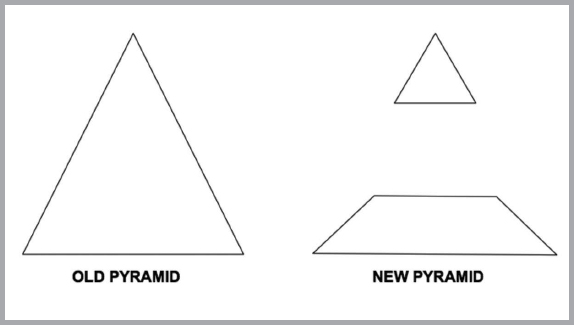
This prophecy has come to pass, but it is not yet done. There is a lot more carnage to come. Temporarily, President Trump has introduced new dynamics, pulling the middle classparticularly its blue-collar membersback from the cliffs edge. As of this writing, he has an agreement on restructuring NAFTA, pending Congresss approval, and is otherwise dragging jobs back from Mexico and overseas, releasing manufacturing, drilling, and other industries from regulatory burdens and otherwise restarting a robust domestic industrial economy. More people now have jobs than at any other time in the past 20 years, wages are up and rising, and the middle class compelled savings, like 401(k) accounts, have soared. Of course, to some extent, labor shortages, open jobs, and competition for workers is inflationary, so much of the gains to those in the middle are only on paper, while gains toward the top are more real because of less impact by inflation. A significantly affluent person may spend only 5% to 20% of current income on necessities, so a big raise in income actually reduces the percentage spent on necessities, and the inflation becomes a voluntary tax. This ironically liberates spending more on luxury goods, services, and experiences, as well discuss. The middle-income earner may spend 70% to 90% of his income on necessities or even above 100% by dependence on credit, so a modest pay raise still goes largely to necessity purchases, where the inflation offsets it very directly. In other words, everything done to rescue and preserve the middle class, while an admirable effort within the Make America Great Again vision, cannot alter the fact that it is an endangered species being made to die out more slowly, but dying out nonetheless.
The impact of tech, automation, and robot-ization alone guarantees a middle-class shrinkage that has to, again, pick up speed. In the Industrial Revolution, job replacement vs. job elimination was close to one-to-one. Not so with the tech revolution.
So, now, writing the third edition of this book, 12 years after the first one, I contend that moving your businesss target range up to mass-affluent and, better still, affluent clientele is all the more important and will soon, again, also be urgent.
The Two Requirements for Your Prosperity
Ultimately, to prosper you need an ample supply of customers with two attributes: ABILITY to buy and WILLINGNESS to buy. Both as a constant. Whether the economy continues to expand or reverses and shrinks, whether unemployment holds onto Trump Economy all-time lows or returns to 10- or 20-year-average norms, whether the middle classs destruction slows to a crawl or resumes a fast paceno matter what external conditions occur, you need a bastion of consumers with both constant, uninterruptible ability and willingness to buy. Such customers can only be found among people of affluencenot just in income, but in their net worth and emotional state. Organizing a business around any other population is, bluntly, self-sabotage. A business otherwise organized is always fragile. When heavy rains come, its crops and buildings are washed away. This book is all about building your bastion.
Next page
